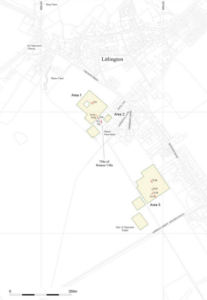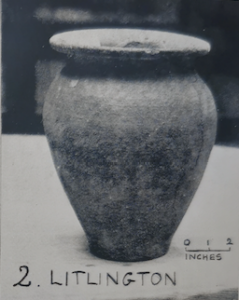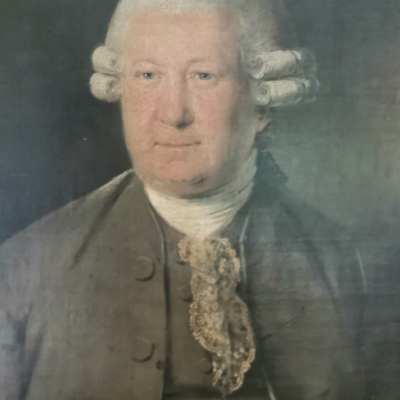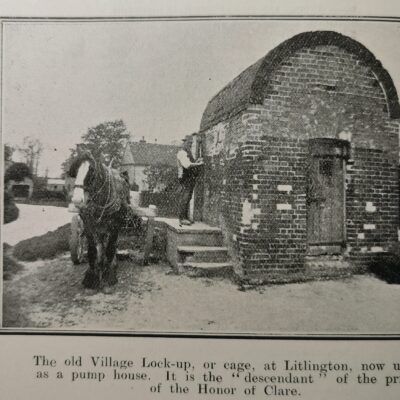Search by topic
- archaeology
- architecture
- bricklayer
- Building of Local Interest
- carpenter
- church
- crime
- dressmaker
- fire
- Great Eastern Railway
- listed building
- medieval
- oral history
- Public House
- Rattee & Kett
- Religious House
- Roman
- scholar
- school
- Then and Now
- tudor
- women
- work
- world war one
- world war two
Search by text
Huntingfield Manor, Litlington
History of Huntingfield Manor
The manor of Huntingfield was given by William the Conqueror to Odo, his goldsmith. It is now (1923) a farm house surrounded by a moat.
Sir William Picot may have been born in 1179 at Huntingfield Manor. Likewise his father Aubrey Picot, b c.1140.
At the far end of the meadow there are extensive Roman remains underground.
In 2009 there was a Time Team excavation on the site:
https://www.wessexarch.co.uk/our-work/litlington
The map above shows the area to the south known as Heaven’s walls. Traditionally the spot was haunted and children were afraid to go there after dark. In 1821 workmen came across a massive wall of flint and Roman brick. It was then discovered to be a Roman burial site containing urns full of ashes as well as skeletons one of which had a coin between his teeth.
Cyril Fox (1923) ‘The Archaeology of the Cambridge Region’ describes the site as a house of some pretensions and had at least one mosaic pavement. It was estimated to have had 30 rooms and a bath.
http://www.unofficialtonyrobinsonwebsite.co.uk/pages/tt_2k10/litlington.html
Contribute
Do you have any information about the people or places in this article? If so, then please let us know using the Contact page or by emailing capturingcambridge@
License
This work is licensed under CC BY-NC-SA 4.0













